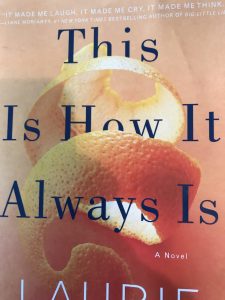For many of us, the fourth of July means fireworks and food. But here’s the thing: unlike colder weather festivals, such as Thanksgiving, it’s harder to cover up our bulging bellies. Can’t we just have a little self-control?
Well, maybe not. Emerging evidence reveals that our drive to eat may be controlled by our hormones.
People with glitches in the hormone, leptin, for instance—or in the way the body responds to it, are voraciously hungry all the time. Left to their own desires, they become morbidly obese and suffer from all of the consequences that go along with that. Scientists have developed leptin shots that help many people with this rare disorder, allowing them to enjoy hunger and fullness for the first time in their lives. But some folks with a leptin defect have enough of the hormone, but their bodies do not respond to the “I-feel-full” signals. That means that all the leptin in the world won’t stop their cravings. Scientists are beginning to understand their chemical dysfunction. There are a few drugs in the pipeline but no cure yet.
What about the rest of us? Do these exciting clues mean that we can tweak our appetite hormones so we can feel fuller sooner and shed those extra pounds? Can we pop a pill before the weekend barbeque and control the urge to go for seconds?
To be sure, there are self-help books and supplements galore with all sorts of dubious claims to boost your leptin hormone. But here’s the thing: Leptin has been in the spotlight ever since it was discovered in 1994, yet there are so many other chemical signals that control how much we eat, how we burn calories, and what we choose to pile on our plates.
We are a complicated stew of chemicals. When it comes to hunger and satiety, there’s neuropeptide Y, agouti-related peptide, melanocyte-stimulating hormone, ghrelin, insulin-like peptide and the list goes on and on.
So sure, blame your hormones for driving you to the dessert table. But don’t try to “cure” your urges with some dubious supplement.
And sometimes, well, we eat even when we don’t feel those hormonally driven hunger pangs. Sometimes we eat when we’re not hungry because we are, after all, human.
